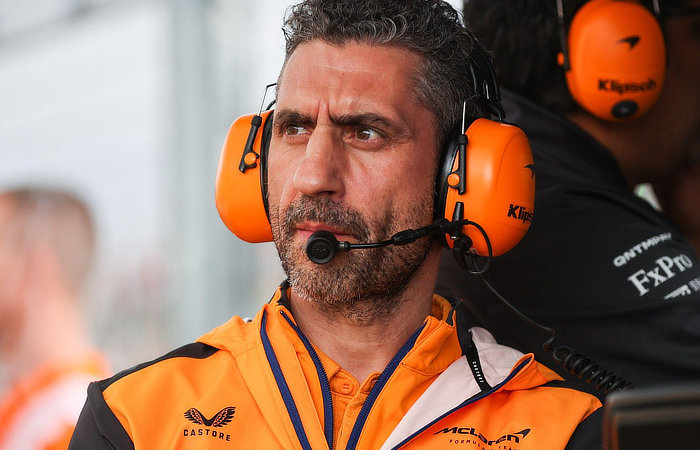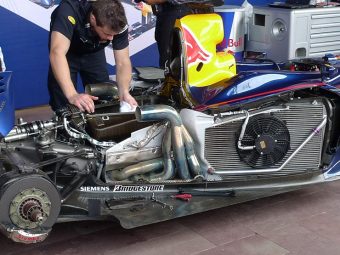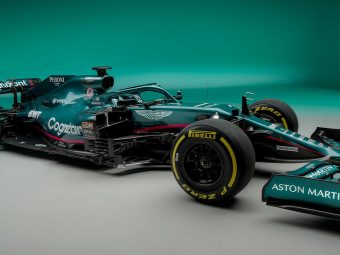After encountering performance anomalies under dry conditions at Spa-Francorchamps, Andrea Stella, the team principal of McLaren, has candidly acknowledged the pressing need for immediate action to unlock more speed from the revived MCL60. Formula One temporarily disengages from its hectic schedule for a few weeks with a much-needed summer break. However, McLaren’s engineers will not be taking a break for they will be busy back at McLaren HQ data crunching and testing in preparation for the next race in September.
Despite a substantial improvement in McLaren’s performance over recent races, largely due to the introduction of recent upgrades that has notably enhanced the MCL60. However, during their summer break, the engineers will work on fixing the low-drag performance issue to increase the speed of the MCL60.
During the race weekend at Spa, it was clear that there was a vulnerability that became more apparent after the Sprint race held in mixed weather conditions. Stella had already expressed concerns about the dry Grand Prix that was to follow. These concerns materialized as Lando Norris dropped out of the top 10 due to a lack of outright pace during the race. Although Norris managed to recover to seventh place through a daring tire strategy, McLaren’s underperformance due to low-drag issues at Spa has left Stella apprehensive ahead of the Italian Grand Prix in September.
It is customary for Formula 1 cars to use the lowest-downforce wings when racing at Spa-Francorchamps, given its exceptional high-speed nature. Stella, the head of the McLaren team, has deemed the rectification of these weaknesses a matter of “urgency.”
Stella shared his reflections on McLaren’s progress:

“I believe that this weekend revealed our areas of improvement. I think that regardless of the choice of rear wing, our performance in the second sector would have been formidable even with less downforce. The car has seen enhancements in certain aspects, as confirmed by our ability to complete a stint on the soft tires.”
“This weekend has also underscored the areas we have yet to address, serving as a reality check that more work remains. To some extent, it emphasizes the urgency with which we need to address these shortcomings. This urgency is further heightened by the fact that the second race after the break is at Monza. We cannot approach the Monza race in our current state, so McLaren must take swift action to rectify the situation.”
While the introduction of the upgrade package during the middle phase of the season has undoubtedly propelled the MCL60 forward, its limited exposure to low-drag scenarios during races meant that addressing this aspect wasn’t a primary focus for the McLaren team.
Now, with a generally strong package that performs well on most circuits, rectifying the low-drag weakness has become a priority. Stella emphasized that the solution isn’t merely a matter of devising a new configuration for the rear wing or beam. Although there’s room for improvement in the current rear wing design, the core issue is the overall configuration of the car, which impacts its drag characteristics.
Stella also highlighted that the upcoming 2024 car, following the same regulations as the 2023 model, will continue to see upgrades. He affirmed that McLaren is actively working on refining and evolving these concepts to enhance the car’s overall performance.








